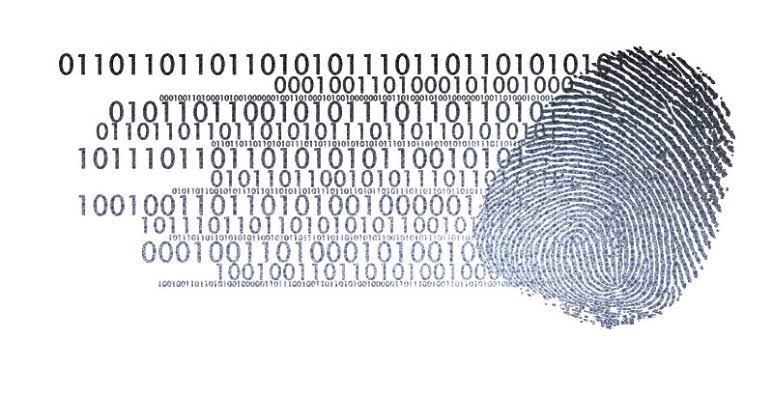
Keeping identity and accounts secure on the internet
In today's digital age, our lives have become increasingly interconnected with the internet. While this has made our lives easier and more convenient, it has also exposed us to various risks such as identity theft, cyber-attacks, and other online scams. With the vast amount of personal information that we share online, it is essential to keep our identity secure on the internet. In this blog, we will explore some of the best practices that can help keep your identity safe online.
1: Use Strong and Unique Passwords:
The first and foremost step towards securing your identity online is by using strong and unique passwords. Never use the same password for multiple accounts, and avoid using predictable passwords like "password123" or "123456." Instead, use a combination of upper and lower case letters, numbers, and symbols to create a unique and strong password.
2: Enable Two-Factor Authentication:
Two-factor authentication (2FA) is an extra layer of security that helps protect your accounts by requiring you to provide an additional code, usually sent to your phone, before granting access. Enabling 2FA can make it much harder for hackers to gain access to your accounts, even if they have your password.
3: Be Wary of Phishing Scams:
Phishing scams are a common tactic used by cybercriminals to gain access to your personal information. They usually involve a fake email or message that appears to be from a legitimate source, such as your bank or social media platform. The message may ask you to provide your login credentials or personal information. Always verify the authenticity of such messages before clicking on any links or providing any information.
4: Avoid Public Wi-Fi:
Public Wi-Fi hotspots are often unsecured and can leave your devices vulnerable to attacks. Avoid using public Wi-Fi to access sensitive information like bank accounts or email. If you must use public Wi-Fi, consider using a Virtual Private Network (VPN) to encrypt your connection.
5: Regularly Check Your Credit Report:
Identity theft can go unnoticed for months or even years, which is why it's essential to monitor your credit report regularly. Check your credit report at least once a year to ensure that there are no suspicious activities. Many credit monitoring services are available that can alert you to any changes in your credit report.
6: Keep Your Software Up-to-Date:
Software updates are not just for adding new features, but they also contain critical security patches that help protect your devices from the latest threats. Make sure to keep your software and operating systems up-to-date to ensure that you have the latest security patches installed.
In conclusion, keeping your identity secure on the internet requires a proactive approach. By following these best practices, you can minimize the risks of identity theft, cyber-attacks, and other online scams. Always remember to be vigilant and cautious while sharing your personal information online. By taking the necessary steps to protect your identity, you can enjoy a safe and secure online experience.









